
Prestige sometimes comes at a cost that outweighs its promise. These ten US colleges charge eye-watering tuition fees yet deliver career pathways with starting salaries that struggle to keep up. Explore the unexpected imbalance between elite education, early earnings, and why a celebrated name might not guarantee financial peace of mind.
Northwestern University

While the institution offers a strong academic reputation, the monetary outcome may not align with the investment for every enrollee. Northwestern University’s 2024–25 tuition is $67,158, and total estimated expenses are $94,878. Degree-holders report an initial income of approximately $70,400.
Columbia University
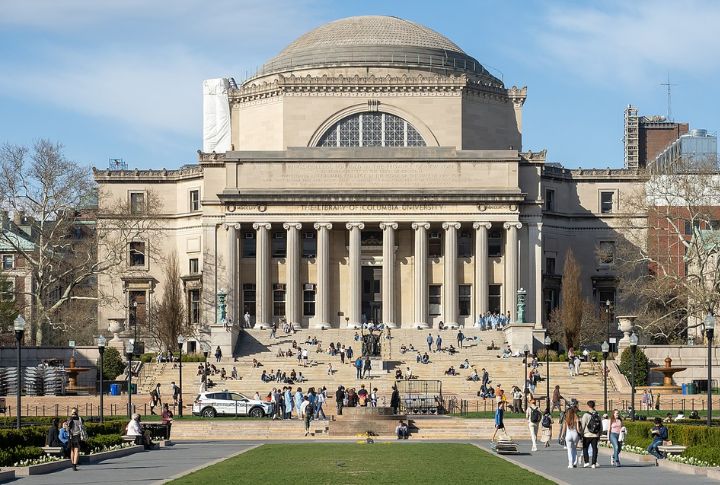
Columbia University lists its academic year cost at $65,640. Alums tend to begin careers earning around $79,000. While the school delivers a prestigious experience, high fees may not be counterbalanced by early professional compensation across all disciplines.
University Of Chicago
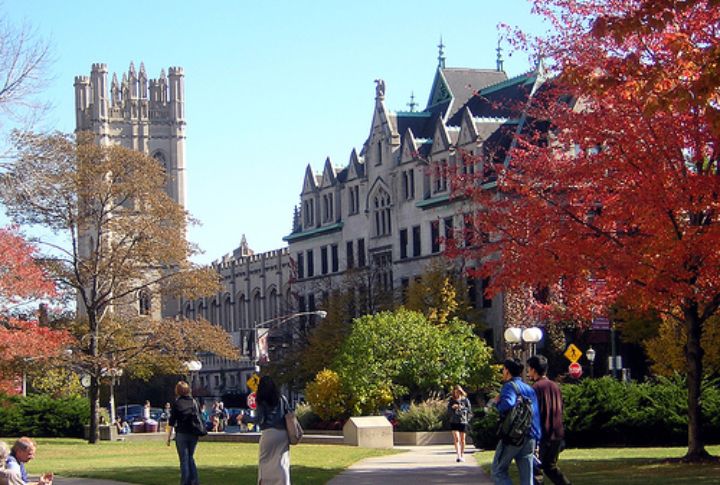
The University of Chicago charges $67,446 per year for undergraduate tuition costs, and new professionals who graduate from here earn roughly $75,200. Although known for its academic rigor, this outcome may not meet expectations when repaying educational loans, especially for students pursuing liberal arts tracks.
New York University
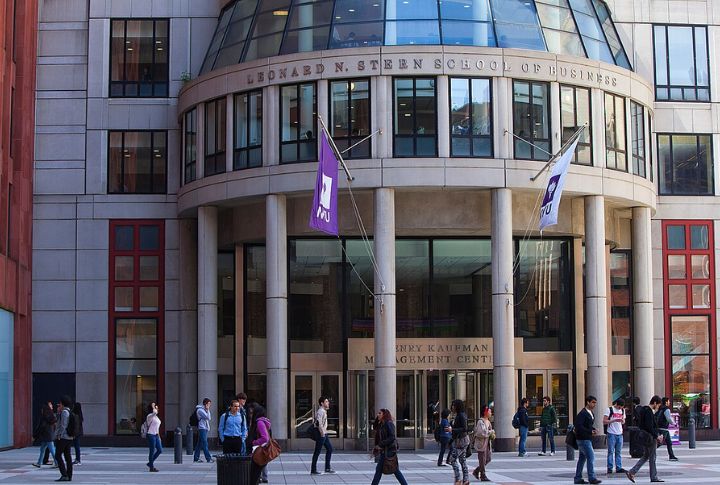
Despite a resilient alumni network at this university, steep fees could outpace initial job market returns in many non-technical fields. New York University estimates full annual costs at approximately $84,794. Graduating seniors report entry-level wages near $76,011.
University Of Southern California

The University of Southern California charges $73,260 per year, while those entering the workforce typically start at $70,000. The institution provides a lively campus in Los Angeles, but modest earnings and living expenses may limit affordability for many disciplines.
University Of Pennsylvania
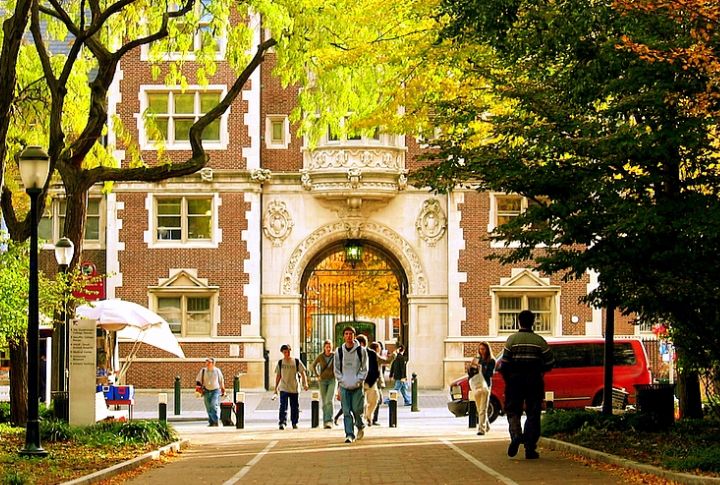
The University of Pennsylvania sets its academic price at $60,920, with all-in expenses nearing $68,686. Recent graduates launch careers earning about $92,500. Although the school delivers on prestige, the payoff may be less compelling for non-STEM majors.
Duke University
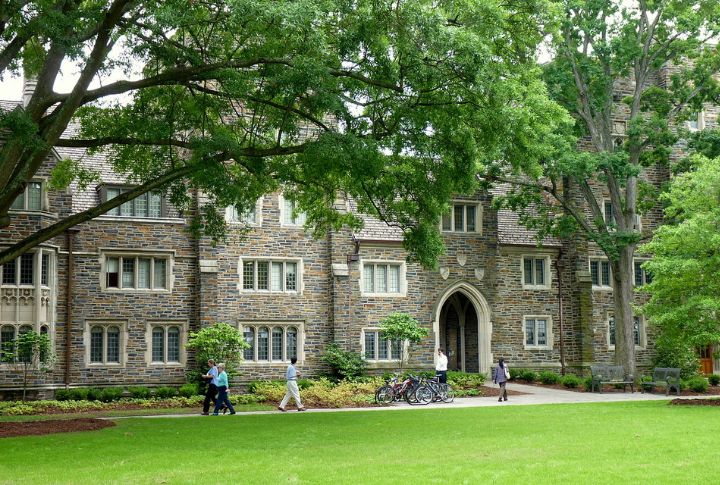
Newly hired professionals who graduated from here earn an average of $88,200. Duke University tuition is set at $70,265, with total annual costs totaling $92,849.While competitive in some sectors, the financial equation may not favor those in slower-growth industries.
Boston University

Though highly ranked, the earnings-to-cost balance can feel tight, particularly for those in public service or education-related careers. It is noted that this university’s instructional cost stands at $69,870. However, alums typically enter the workforce earning merely $62,525.
Sarah Lawrence College
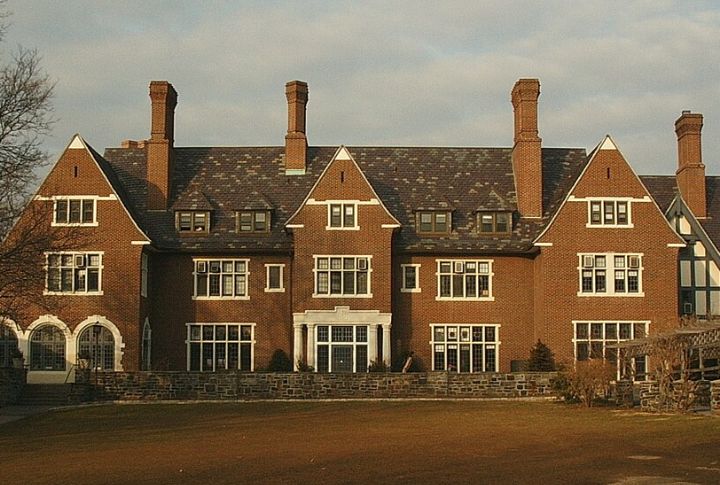
Many graduates of Sarah Lawrence College pursue creative careers, such as writing or theater, and report starting salaries of just $38,800. On the other hand, their tuition reaches $63,234, with total annual expenses exceeding $80,000. This gap does not justify the financial strain for budget-conscious students.
George Washington University
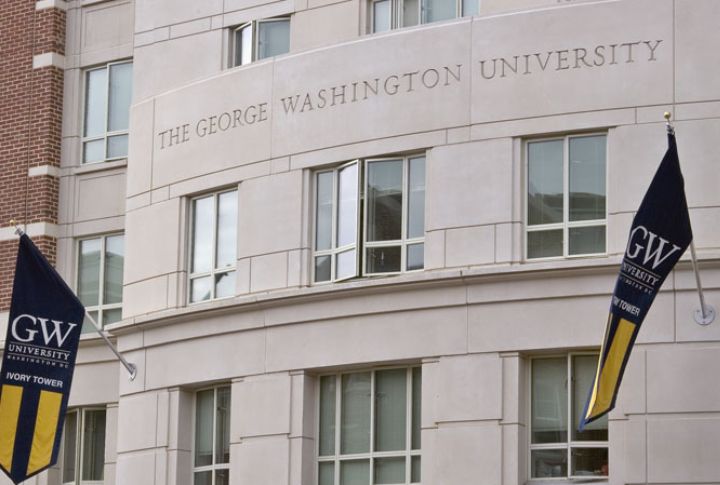
Graduates often walk into jobs paying nearly $53,000—but they often leave behind tuition bills of nearly $70,000. The university leans heavily on its D.C. location and prestige, but for many in media, policy, or the arts, the return on investment doesn’t quite match the brand name, with even lower starting salary averages.
